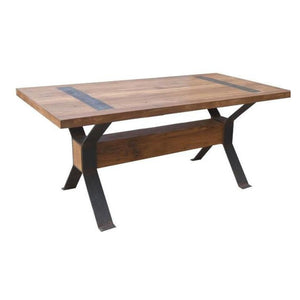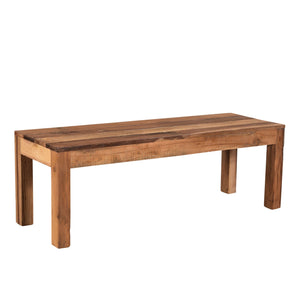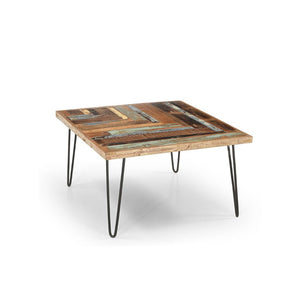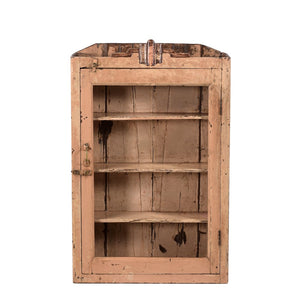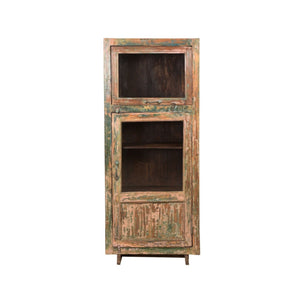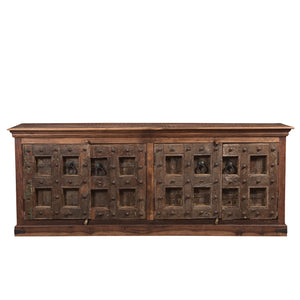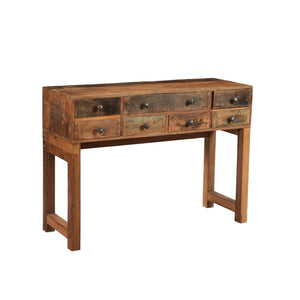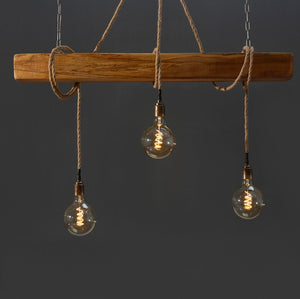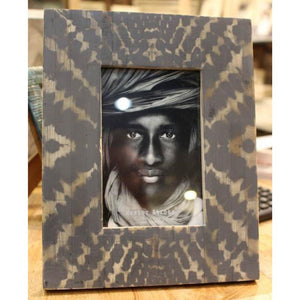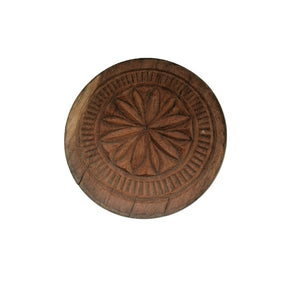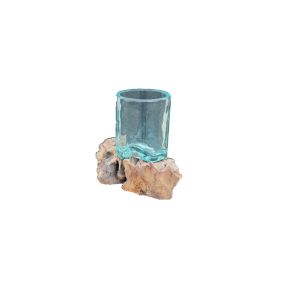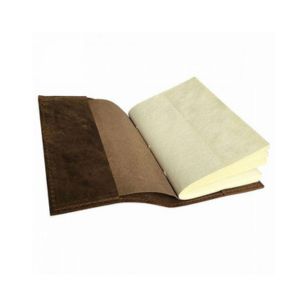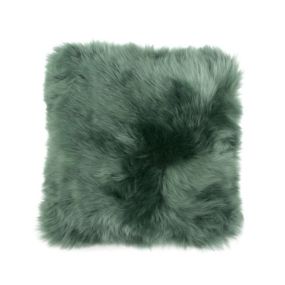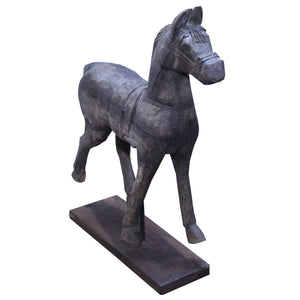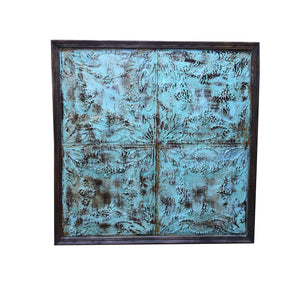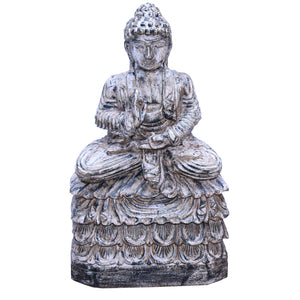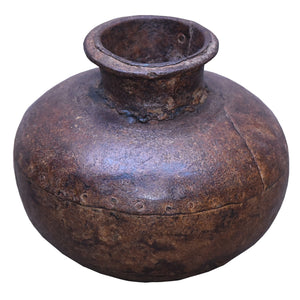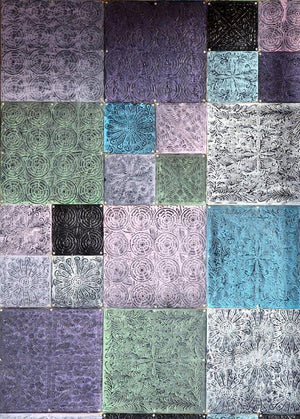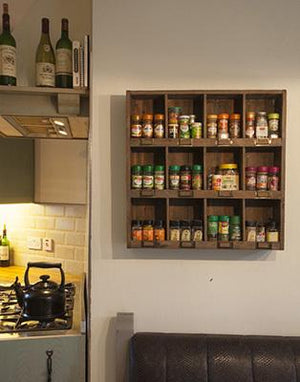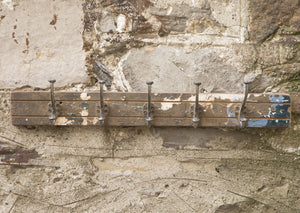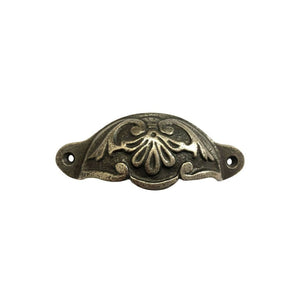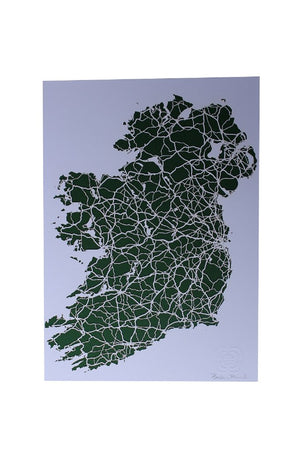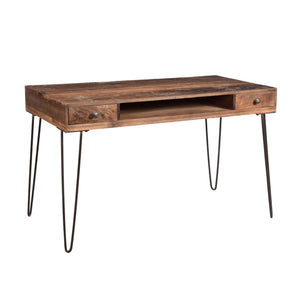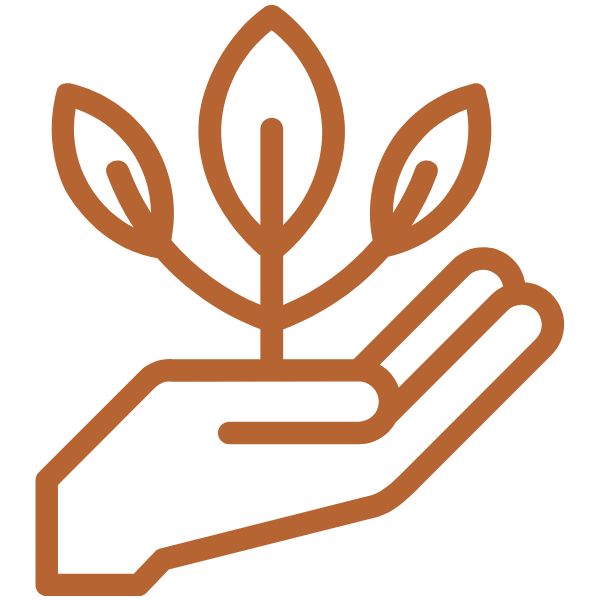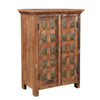When choosing a rug it is very important to know the difference between ‘Handwoven’ & ‘Handloomed’.
Handwoven Rugs can take months to make, Handloomed Rugs can be produced in a matter of hours. A quick indicator in identifying the difference is that generally a Handwoven Rug will 2 sided - clearly showing pattern & knots, whereas a Handloomed Rug will be covered up with a separate material.
Handwoven Rugs are really handknotted rugs. Handweaving is done on a traditional loom, but each weave is tied off with a knot, and fibres are interweaved.

Handloomed Rugs are where the fibres are really just tightly pressed together, with no proper securing at either end of the loom, and so significantly inferior in structural quality & longevity.
When you look at the side edges of the rug, have fibres been knotted, and weaved back, or is there just a straight edge, with no interweaving?

There is always a sense of luxury to the word "handwoven," whether it is a rug or a throw, a towel or a sash.
At one touch, it seems that the threads are more vibrant, the feeling warmer, and the entire rug made more precious than those made coldly with machines. It is easy to be in awe of the sumptuous patterns, put together piece by piece with loving, skilled hands and sharp eyes.
For this reason, handweaved rugs or ‘Durries’ always take a special place on the pedestal, especially if it originates from India, with its rich history of Handweaving that goes back to 500BC.
But it is really since the 16th Century, when Mughal Emperors brought Artisan Persian Weavers to India that Indian handwoven rugs blossomed.
Soon after, Indian weavers were competing with Persians in terms of quality and variety. Initially they just imitated Persian designs but soon after they started to experiment with their own.
Tucked away in the arid grounds of the Thar desert, India’s Bishnoi Tribe gained a reputation for being amongst the best handweavers for carpets & rugs using these new Persian techniques. The Bishnoi Tribe dwell on a philosophy of cleanness, clear conscience, and no killing of any living organism.

No greater example of this is when on September 11th 1730 when over 365 were killed protecting trees that were due to be cut down by the Maharajas soldiers – now known as ‘Martyrs Day’. Really the worlds first hard core Eco – warriors!
For dying of fabrics and wools the Bishnoi Tribe will use vegetable dye extract only. No chemical dying processes are used, so very much an ethical, sustainable (& healthy!) rug to have in one’s home.
These philosophies are wonderfully translated on thread, as they beautifully weave their handwoven rugs sourced from organic cottons, wool or camel hair, then sometimes further adorned with the block-printing techniques India is famous for.
Unfortunately with the advent of modernity & industrialisation, like any indigenous tribe, the Bishnoi way of life is under threat. Through economic necessity, many young Bishnoi have to move to the large urban areas of India and forgoing the key tenants of the Bishnoi way of life. For those left, handweaving is a critical source of revenue for the communities continued survival.
Celebrating India's organic handwoven rugs, Home Street Home fills its shelves with sustainably woven wool & cotton rugs made by the Bishnoi Tribe. The Hill Patterned Wool & Organic Cotton Rug is a perfect example.
Create defined spaces with it, paired with other Bisnoi-woven rug designs. And, echoing the same eco-friendly & sustainable methods of the Bishnoi, the handwoven Jute rugs come with earthy colours that easily finds a spot in every home, from the eclectic foyers, to the busy mudrooms.
The world may keep itself busy with the discovery of new novelties, but beliefs and certain traditions, like India’s remarkable handweaving,will never grow old.
(We will do a future blog on the different Handweaving Techniques that can be applied - Hand knotted, Hand tufted or Flatweaved)
















